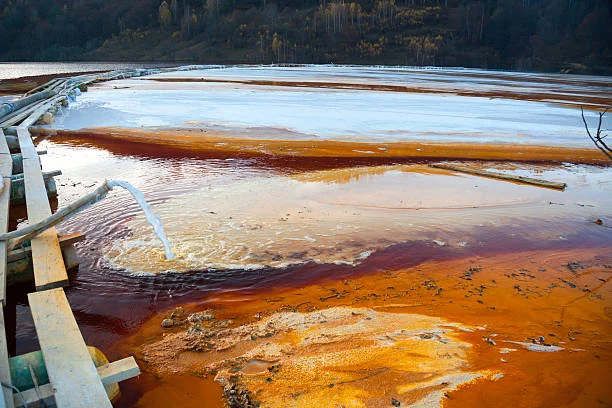
Introduction
Sodium cyanide is a highly toxic chemical widely used in industries such as mining, electroplating, and chemical synthesis. However, the wastewater generated from these processes contains high concentrations of cyanide, which poses a serious threat to the environment and human health if not properly treated. Hydrogen peroxide treatment has emerged as an effective and relatively safe method for dealing with -Sodium Cyanide - containing wastewater. This article delves into the production practice of using Hydrogen Peroxide to treat such wastewater, covering aspects from reaction principles to actual operation procedures.
Reaction Principles
Oxidation of Cyanide by Hydrogen Peroxide
The reaction between hydrogen peroxide and Sodium Cyanide is an oxidation - reduction process. In an aqueous solution, hydrogen peroxide acts as an oxidizing agent. It oxidizes the cyanide ion into relatively less toxic substances. Under appropriate conditions, hydrogen peroxide breaks the strong bond within the cyanide ion. The carbon in cyanide is oxidized to a higher oxidation state, forming a less harmful ion, and nitrogen is released as a gas. This reaction is crucial as it significantly reduces the toxicity of the wastewater.
Role of Catalysts (Optional)
In some cases, catalysts can be added to speed up the reaction between hydrogen peroxide and cyanide. For example, certain transition metal ions can act as catalysts in a reaction system similar to the Fenton reaction. Catalysts lower the energy barrier of the reaction, allowing the oxidation of cyanide to occur more quickly at a lower temperature and with less hydrogen peroxide usage. However, when using catalysts, factors like the amount of catalyst added, pH control, and potential secondary pollution from catalyst residues need to be carefully considered.
Process Flow in Production Practice
Pretreatment of Wastewater
Before the hydrogen peroxide treatment, the sodium cyanide - containing wastewater usually requires pretreatment. This step aims to adjust the pH value of the wastewater to an appropriate range. Typically, the pH is adjusted to a slightly alkaline condition, around 8 - 10. This is because the Oxidation Reaction between hydrogen peroxide and cyanide is more efficient in an alkaline environment. Additionally, pretreatment may involve removing large - sized impurities, suspended solids, and other substances that could disrupt the subsequent treatment process. Filtration methods such as sand filters or membrane filters can be used for this purpose.
Hydrogen Peroxide Addition
The appropriate amount of hydrogen peroxide is then added to the pretreated wastewater. The dosage of hydrogen peroxide is determined based on the concentration of cyanide in the wastewater. Generally, calculations are first done according to the chemical reaction. But in actual production, an excess of hydrogen peroxide is often added to ensure the complete oxidation of cyanide. The concentration of hydrogen peroxide used in industrial applications is usually in the range of 30% - 50%. The addition of hydrogen peroxide can be achieved through metering pumps, which can accurately control the flow rate and amount of hydrogen peroxide entering the Wastewater Treatment tank.
Reaction and Mixing
After adding hydrogen peroxide, the wastewater needs to be thoroughly mixed to ensure even contact between hydrogen peroxide and cyanide. Mixing can be achieved using mechanical agitators, air - driven mixers, or a combination of both. The reaction time varies depending on factors such as the initial cyanide concentration, temperature, and the presence of catalysts. Generally, the reaction time can range from several hours to a dozen hours. During this period, the reaction temperature is also an important factor. Although the reaction can occur at room temperature, increasing the temperature within a certain range (usually not exceeding 50°C) can speed up the reaction rate. However, overly high temperatures can cause the decomposition of hydrogen peroxide, reducing its effectiveness in treating cyanide.
Post - treatment
Once the reaction is complete, post - treatment steps are necessary. One of the key post - treatment measures is removing residual hydrogen peroxide. Excessive hydrogen peroxide in the treated wastewater can be harmful to the environment and may also interfere with subsequent biological treatment processes if the wastewater is to be further treated in a biological treatment system. Residual hydrogen peroxide can be decomposed by adding reducing agents like sodium sulfite or by using catalytic decomposition methods. After removing the residual hydrogen peroxide, the treated wastewater then undergoes solid - liquid separation to remove any precipitates or suspended solids formed during the treatment process. Sedimentation tanks, flotation devices, or filtration units can be used for this. Finally, the treated wastewater is analyzed to check whether the cyanide concentration meets the relevant discharge standards.
Key Factors Affecting Treatment Efficiency
pH Value
As mentioned before, the pH value of the wastewater has a significant impact on the treatment efficiency of hydrogen peroxide. In an acidic environment, hydrogen peroxide may decompose quickly into water and oxygen, reducing its ability to oxidize cyanide. On the other hand, in a highly alkaline environment, the reaction rate between hydrogen peroxide and cyanide may also be affected. The optimal pH range for the reaction between hydrogen peroxide and cyanide is usually around 8 - 10. where the reaction can proceed efficiently and the decomposition of hydrogen peroxide is minimized.
Temperature
Temperature plays a crucial role in the reaction speed. An increase in temperature generally speeds up the reaction between hydrogen peroxide and cyanide. However, as the temperature rises, the decomposition of hydrogen peroxide also becomes more significant. When the temperature exceeds 50°C, the decomposition of hydrogen peroxide can be so rapid that it reduces the amount of hydrogen peroxide available for oxidizing cyanide. Therefore, in practical production, the temperature needs to be carefully controlled within a reasonable range to balance the reaction rate and the stability of hydrogen peroxide.
Concentration of Cyanide and Hydrogen Peroxide
The initial concentration of cyanide in the wastewater determines the amount of hydrogen peroxide needed for complete oxidation. Higher cyanide concentrations require more hydrogen peroxide. If the dosage of hydrogen peroxide is insufficient, the oxidation of cyanide will be incomplete, resulting in treated wastewater that does not meet the standards. Conversely, adding too much hydrogen peroxide not only increases treatment costs but also requires more complex post - treatment to remove the excess. Therefore, accurately determining the cyanide concentration in the wastewater and appropriately adjusting the hydrogen peroxide dosage are essential for efficient treatment.
Case Study in a Mining Industry
In a gold mining operation, a large amount of sodium cyanide is used in the gold extraction process, generating significant amounts of cyanide - containing wastewater. The mine adopted a hydrogen peroxide - based treatment process. First, the wastewater was collected in a large storage tank. The pH of the wastewater was adjusted to 9 using lime. Then, 35% hydrogen peroxide was added to the wastewater through a metering pump. The addition amount was calculated based on the cyanide concentration in the wastewater, with a slight excess to ensure complete oxidation.
The wastewater was mixed using a mechanical agitator for 8 hours. During this period, the temperature of the reaction system was maintained at around 35°C through a cooling and heating system. After the reaction, sodium sulfite was added to decompose the residual hydrogen peroxide. The treated wastewater was then sent to a sedimentation tank for solid - liquid separation. The supernatant was analyzed, and the results showed that the cyanide concentration in the treated wastewater decreased from an initial value of 500 mg/L to less than 0.5 mg/L, meeting the local environmental discharge standards. This case demonstrates the effectiveness of the hydrogen peroxide treatment process in a real - world industrial setting.
Conclusion
The hydrogen peroxide treatment of Sodium Cyanide Wastewater is a viable and effective method in industrial production. By understanding the reaction principles, optimizing the process flow, and controlling key factors such as pH, temperature, and reagent dosages, high - quality treatment of cyanide - containing wastewater can be achieved. However, continuous monitoring and adjustment are required during the production process to ensure stable treatment efficiency and compliance with environmental regulations. As environmental requirements become increasingly stringent, the hydrogen peroxide treatment method for sodium cyanide wastewater is expected to play an even more important role in protecting the ecological environment.
- Random Content
- Hot content
- Hot review content
- Toxicity Assessment of Sodium Cyanide and Relevant Hazard Prevention Measures
- Industrial concentrated nitric acid 55%-68%
- T-610 collector Salicyl oxime acid derivative Content 3.5%
- Sodium Persulfate,Sodium Persulphate,supplier 99.00%
- Anhydrous Ammonia 99% Liquid
- calcium chloride anhydrous for food
- Triethanolamine(TEA)
- 1Discounted Sodium Cyanide (CAS: 143-33-9) for Mining - High Quality & Competitive Pricing
- 2Sodium Cyanide 98% CAS 143-33-9 gold dressing agent Essential for Mining and Chemical Industries
- 3Sodium Cyanide 98%+ CAS 143-33-9
- 4Anhydrous Oxalic acid 99.6% Industrial Grade
- 5Oxalic acid for mining 99.6%
- 6Soda Ash Dense / Light 99.2% Sodium Carbonate Washing Soda
- 7Reagent Grade/Industrial Grade Hydrochloric Acid min.31%
- 1Sodium Cyanide 98% CAS 143-33-9 gold dressing agent Essential for Mining and Chemical Industries
- 2High Quality 99% Purity of Cyanuric chloride ISO 9001:2005 REACH Verified Producer
- 3 High-Quality Sodium Cyanide for Leaching
- 4Powdery emulsion explosive
- 5Industry Grade Electron grade 98% Sulfuric Acid H2SO4 Sulphuric Acid Battery Acid Industrial Sulfuric Acid
- 6Colloidal emulsion explosive
- 7sodium hydrosulfide 70% flakes used Mining Industry


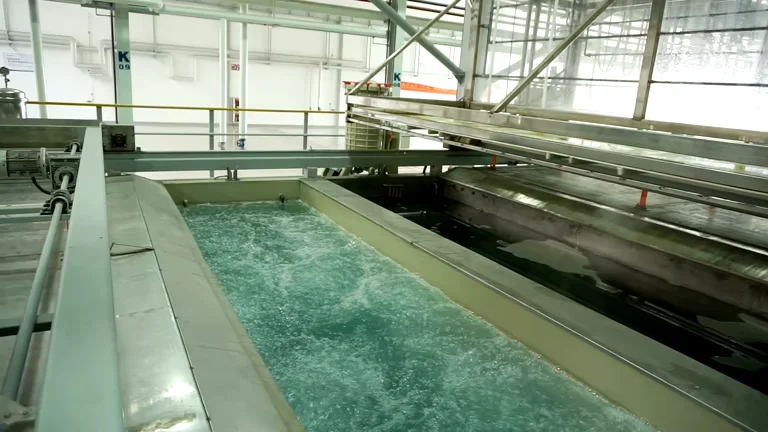
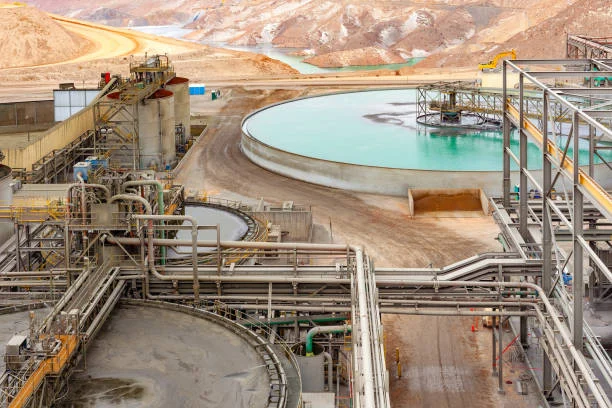
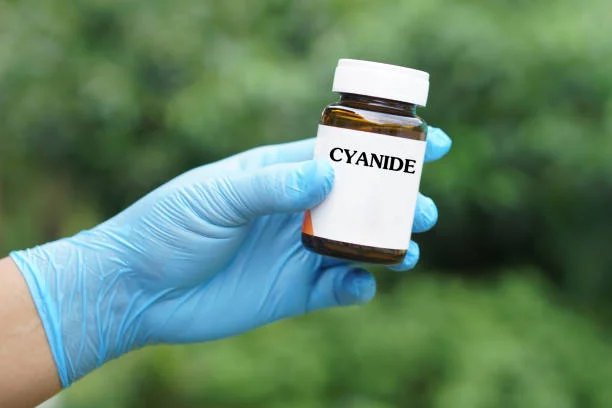

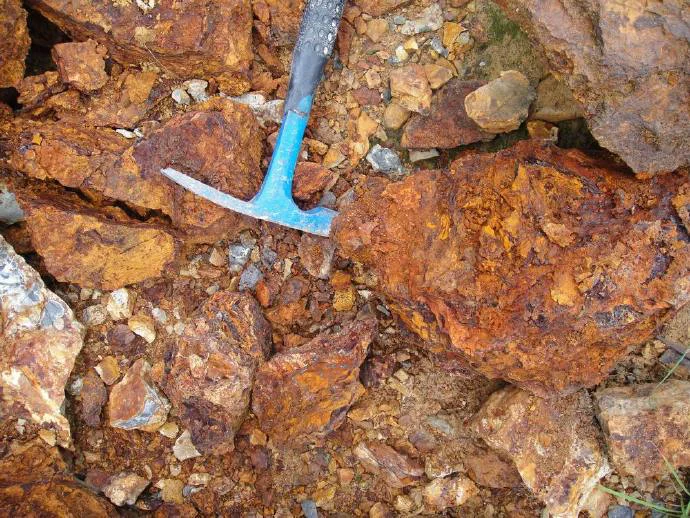
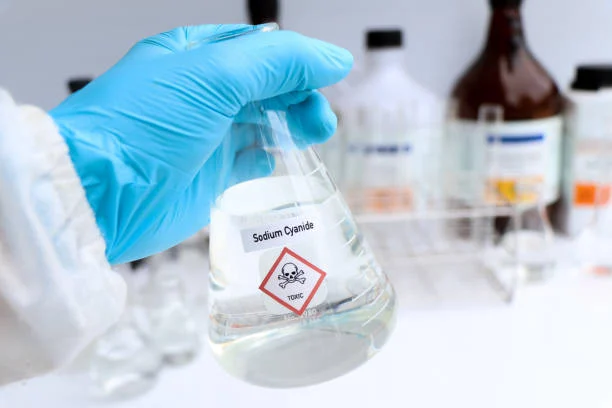
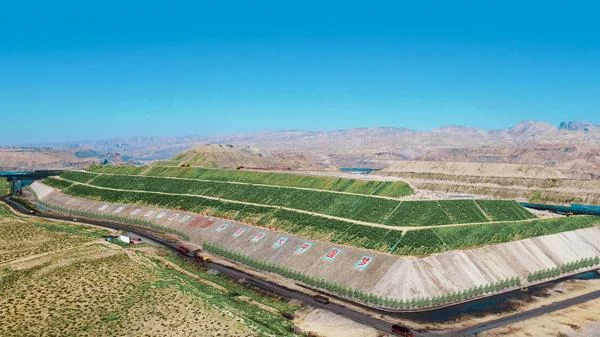


Online message consultation
Add comment: